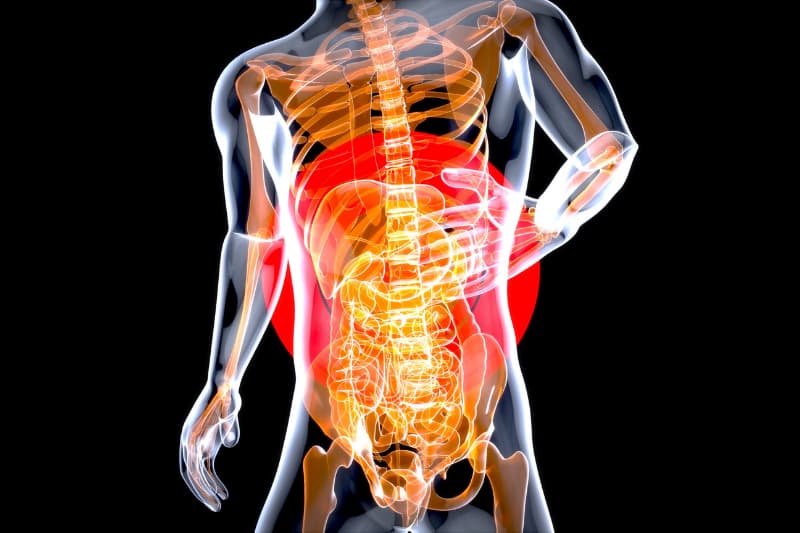تحقيق الجودة في الصحة والجمال!


In the world of medical procedures, gastric bypass surgery stands out as a transformative solution for individuals striving to regain control of their health and weight. This intricate procedure involves reconfiguring the anatomy of the digestive system, providing patients with a chance to embark on a life-changing journey towards a healthier, more fulfilling life. In this comprehensive blog post, we delve deep into the anatomy of gastric bypass surgery, exploring its intricacies and benefits.
Gastric bypass surgery initiates its transformation at the heart of digestion – the stomach. During this procedure, the surgeon creates a smaller stomach pouch, reducing the patient’s stomach capacity significantly. This step effectively limits the amount of food one can consume, kickstarting the path to weight loss.
From the stomach, our journey continues to the small intestine. In a gastric bypass surgery, the small intestine is divided, and a section of it is repositioned, allowing food to bypass a portion of the small intestine. This alteration reduces the absorption of calories and nutrients, contributing to significant weight loss over time.
The reconstructed stomach pouch and rerouted small intestine are then connected in a Y-shaped configuration, creating what is known as a “gastric bypass.” This new pathway enables food to travel directly from the smaller stomach pouch into the lower part of the small intestine, avoiding the upper portion. This diversion further reduces calorie and nutrient absorption, facilitating weight loss.
Gastric bypass surgery doesn’t merely reshape the anatomy of the digestive system. It also triggers hormonal changes within the body. Some hormones responsible for appetite regulation, such as ghrelin, undergo alterations after surgery. These changes contribute to a reduced appetite, making it easier for patients to adapt to their new, healthier eating habits.
Gastric bypass surgery is an effective solution for individuals struggling with obesity and related health issues. It offers numerous benefits, including:
Patients typically experience substantial weight loss in the months following surgery, leading to improved overall health.
Gastric bypass surgery often results in the resolution of obesity-related health conditions such as type 2 diabetes and sleep apnea.
The procedure can improve the quality of life by allowing patients to engage in activities they might have previously been unable to participate in due to excess weight.
With a commitment to dietary changes and a healthy lifestyle, the benefits of gastric bypass surgery can be sustained in the long term.
Gastric bypass surgery is a remarkable medical procedure that not only transforms the anatomy of the digestive system but also empowers individuals to take control of their health. With significant weight loss, health improvements, and an enhanced quality of life, this surgery offers a life-changing opportunity for those seeking a brighter, healthier future. If you or someone you know is considering gastric bypass surgery, consult with a medical professional to explore this transformative path to wellness.
How To Prepare For Gastric Bypass Surgery - Aesthecenter Find Best Clinic for You
October 25, 2023 at 11:49 am[…] Understanding the Basics […]
what are bariatric surgeries? The Full Guide - Aesthecenter Find Best Clinic for You
October 20, 2023 at 10:05 am[…] 1. Gastric Bypass Surgery […]
Exploring the Optimal Gastric Surgery Options - Aesthecenter Find Best Clinic for You
October 20, 2023 at 10:03 am[…] Gastric Bypass Surgery […]